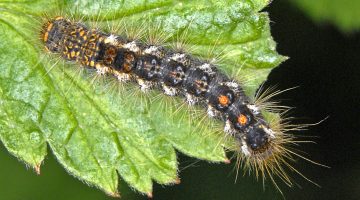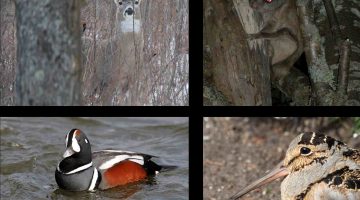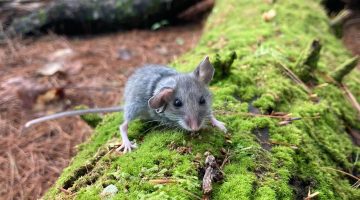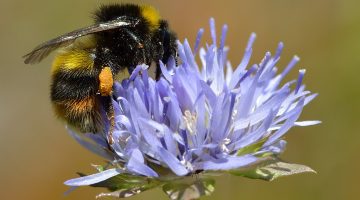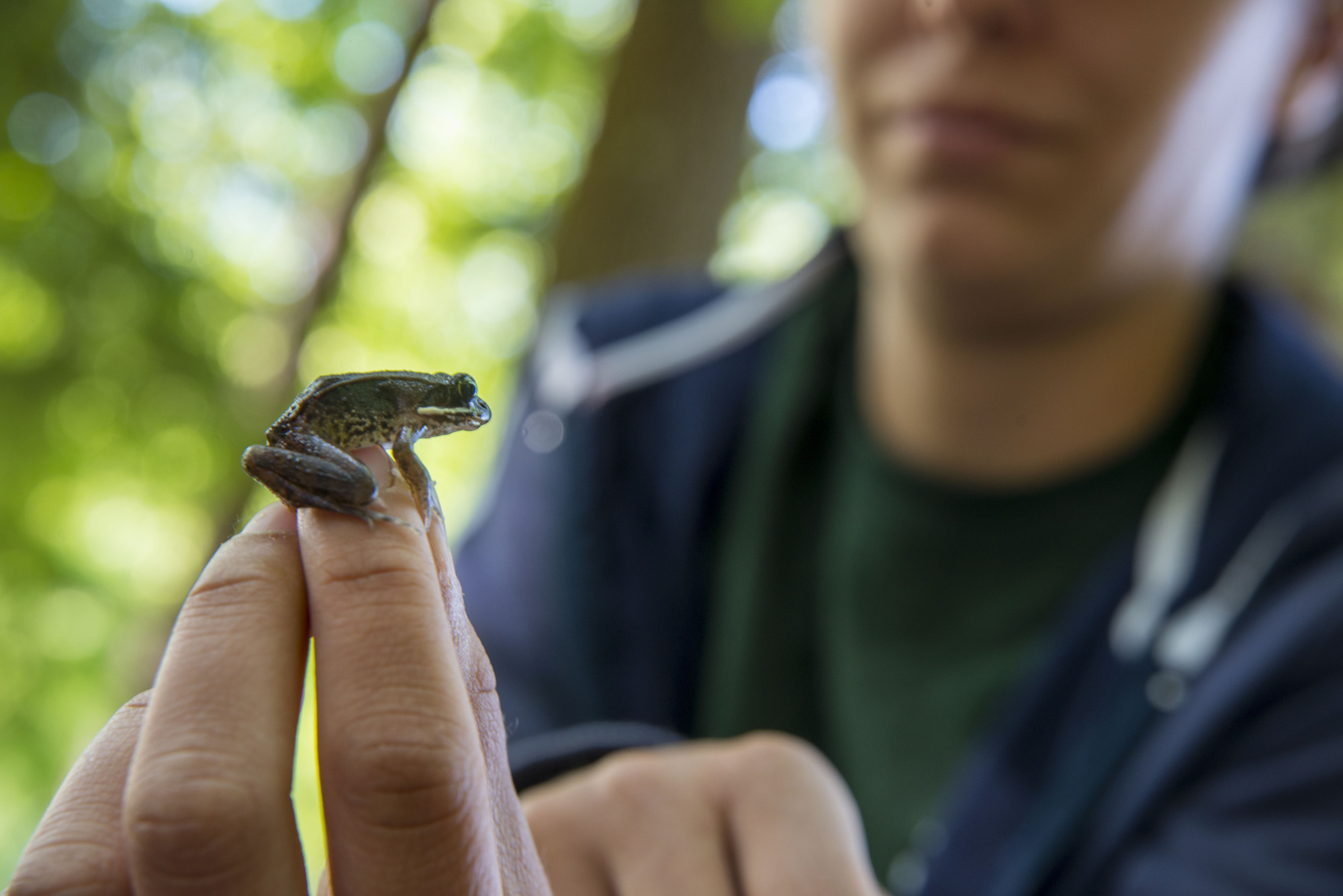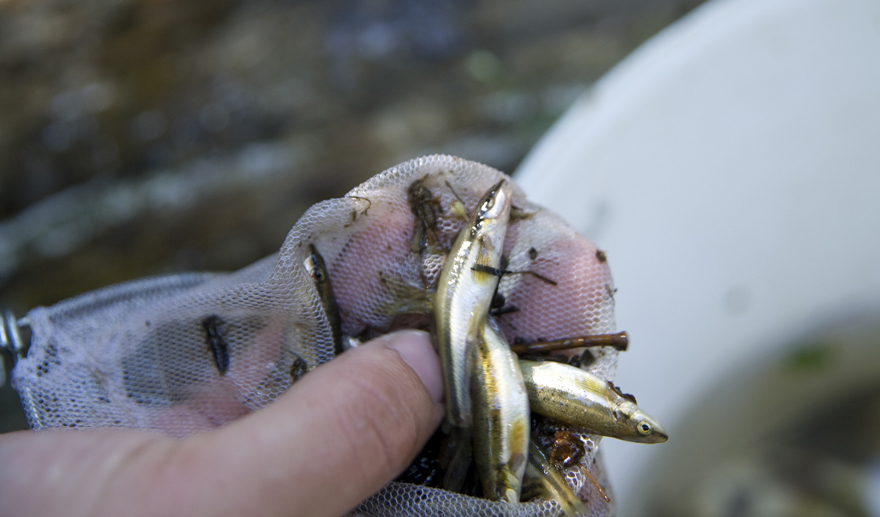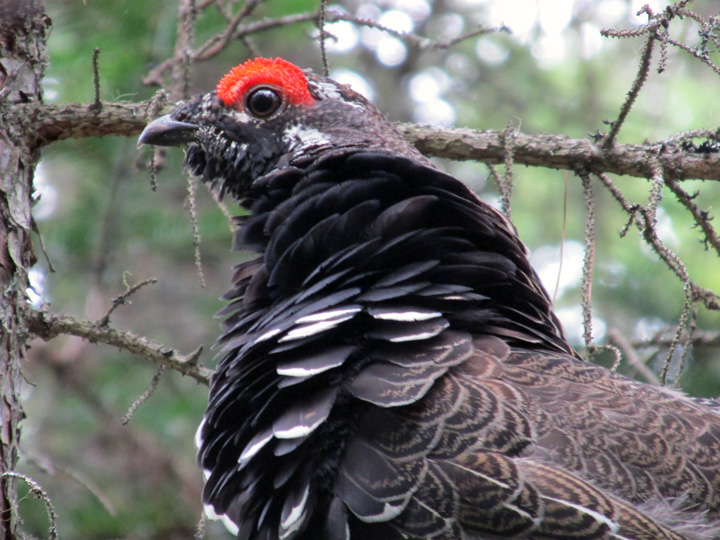Pest predictor identifies ingredients for ecological recipe for destruction
If you’ve felt the familiar itch of browntail moth rash, seen the grayish-green needles of an infested hemlock or watched as woodpeckers bore into ash trees for a meal hidden beneath the surface, you’ve experienced the devastating effects of non-native pests. Browntail moth, hemlock wooly adelgid and emerald ash borer are only three of the […]
Read more
